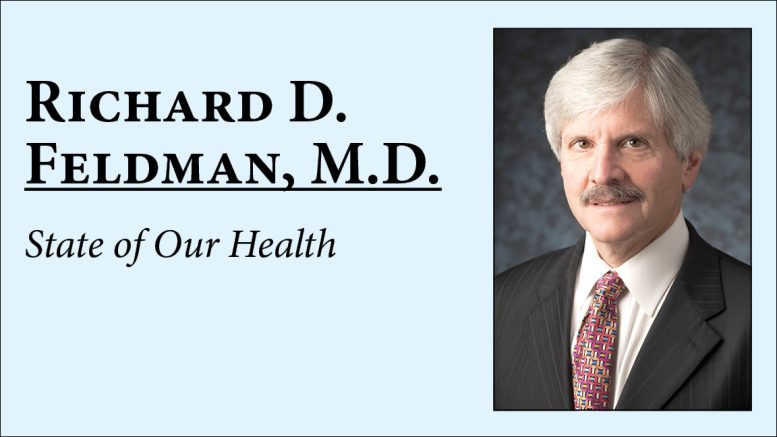For decades, public health officials and anti-tobacco activists have talked about the “endgame” in tobacco control. It refers to laws and policies that would virtually end tobacco use.
Great strides have been made in reducing smoking in the past half-century. These measures include smoke-free laws, increasing cigarette taxes, anti-smoking media campaigns, state tobacco prevention and cessation programs, and the Master Settlement Agreement requiring the tobacco industry to pay states billions of dollars to compensate for state-incurred health-care costs.
Congress restricted tobacco advertising, mandated tobacco warning labels on product packaging, banned flavored cigarettes (except menthol), increased the legal age for sales to 21, and gave the U.S. Federal Food and Drug Administration authority to comprehensively regulate tobacco products including product nicotine content (natural or synthetic).
These efforts have resulted in the reduction in the social acceptability of smoking, especially in public. It has also drastically reduced the percentage of adult smoking to an all-time low nationally of 11 percent (Indiana is 19 percent). Adolescent tobacco smoking has also greatly decreased in the past 25 years but unfortunately has been replaced by vaping.
According to the Centers for Disease Control and Prevention, despite these advances, tobacco use still represents the leading cause of preventable disease and premature death in the U.S. with 521,000 tobacco-related deaths yearly. One in five deaths is caused by tobacco use; one-half of smokers will eventually die from their tobacco addiction.
It’s widely thought that the remaining percentage of people smoking is extremely difficult to reduce, hence the endgame-strategy discussion. One strategy gaining steam is referred to as a “birthdate phaseout” approach. Recent commentaries including an article in the May 30 issue of the New England Journal of Medicine call attention to this age-based strategy.
The idea is to institute a threshold birthdate after which it would be illegal to sell tobacco products to anyone with later birthdates. For example, using a birthdate of Jan. 1, 2009, would prevent individuals currently too young to legally purchase tobacco from buying it their entire lives. Eventually, no one would be able to purchase tobacco, and depending on the law, other nicotine-containing products.
This strategy would not affect tobacco access to those born before the threshold birthdate and current addicted smokers. It would also not sanction those illegally buying tobacco but only the retailers selling it.
The concept of a birthdate phaseout has been circulating worldwide for decades. New Zealand passed such a law in 2022 but subsequently repealed it with change in governmental leadership. The approach is currently being considered in the U.K., the European Union, Norway, Australia, and some Asian countries. In the U.S., Brookline, Mass., enacted a phaseout in 2020, and since being upheld by the state’s Supreme Court as constitutional, it’s being considered by other Massachusetts localities. A municipal law would have relatively little impact; eventually it would have to be followed by state or federal laws to be truly effective.
Legislative proposals differ in what products are prohibited. Some include only combustible tobacco products as in the U.K. Others like Brookline’s are broader and include vapes.
Endgame strategies including the birthdate phaseout could create a tobacco/nicotine-free generation and eventually a society free from tobacco product toxins and carcinogens. Millions of lives and billions in healthcare costs would be saved. But there are substantial barriers to enactment such as loss of state tobacco-tax revenue and opposing business and political pressures.
Next month, I will review another novel endgame strategy.
Richard D. Feldman, M.D. is an Indianapolis family physician and former Indiana State Health Commissioner who served in the administration of Governor Frank O’Bannon.

